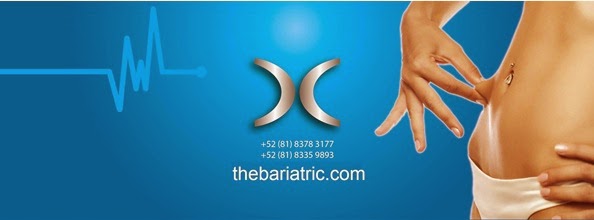1. Salt
While some salt in your diet is necessary, foods with a high salt content tend to dehydrate you, drying out your skin and making you look much more tired than you actually are. Opt for a low sodium alternative, and look for foods that are flavored with other spices and herbs instead of salt.
2. Artificial Sweetener
Regular sugar promotes inflammation, but artificial sweetener can be just as bad, if not worse, when it comes to making you look puffy. Artificial sweeteners contain aspartame, which is an artificial sweetener associated with joint pain, and it can also make you crave more sugar. Sugar is a dangerous cycle to get into. Choose foods with natural sugars, like fruit, to avoid looking puffy.
3. Alcohol
Anything more than one glass of wine with dinner can seriously dehydrate you, making you look dried out and soaking up any glow that your skin may have had. If you can’t avoid alcohol altogether, try alternating drinks between an alcoholic beverage and water so that you don’t entirely dehydrate yourself.
4. Anything Fried
Onion rings, French fries and deep friend Oreos are your skin’s worst enemies. These foods are packed with oil and trans fats, meaning they’ll clog arteries and stiffen blood cells, making your skin look dull and tired. Plus, these foods tend to pack on the pounds and essentially destroy the inside of your body, so they really shouldn’t be in your diet at all.
5. Carbohydrates
We’re not saying you have to go on the Atkins, no-carb diet, but an excess of carbohydrates (which is common in many women’s diets) can damage the collagen in your skin. This means that your skin won’t look as plump and healthy, and in turn you’ll look much more tired. Plus, if you’re eating an overload of carbohydrates, you’ll not only look tired, but you’ll also feel tired. Switch out a sandwich for a salad twice a week, and add a double dose of vegetables to your dinner instead of making a carbohydrate side (like rice or bread).
6. Doughtnuts
Fried and sugary, doughnuts are a bad idea all around when it comes to healthy eating choices, especially if you’re eating them for breakfast. Switch out a donut for a plain yogurt flavored with natural honey and almonds to give your body a healthy start that will make you look much more awake.
7. Candy
Loads of sugar with no dietary benefits, the sugar in candy will give you an insulin spike, followed by a quick drop, which will make you super tired. Besides just making you feel tired, though, candy will also make you look tired, giving you puffy bags under your eyes. If you’re going to have candy, stick to a fun size package, and avoid the king size packages at all costs.
8. Red Meat
You don’t have to become a vegetarian, but eating red meat more than once a week has been linked to an increase in wrinkles, caused by the carnitine compound in red meat that hardens blood vessel walls. If you don’t want to cut out red meat entirely, try to stick to a rule of eating it no more than once a week.
9. Processed Cold Cuts
The preservatives in cold cut meats are known to cause inflammation in the skin, making you look sallow and tired. Opt for fresh cuts from the deli instead, and cut back on how many cold cuts you eat in general.
10. Spicy Foods
Good for the metabolism, not ideal for the skin, spicy foods can cause skin to be irritated, causing uneven skin tone and dilated blood vessels. This makes the skin less clear and a bit older, which will in turn make you look more tired. If a food comes in mild or spicy options, go for the mild choice whenever you can.
Read more:
healthdigezt.com


















